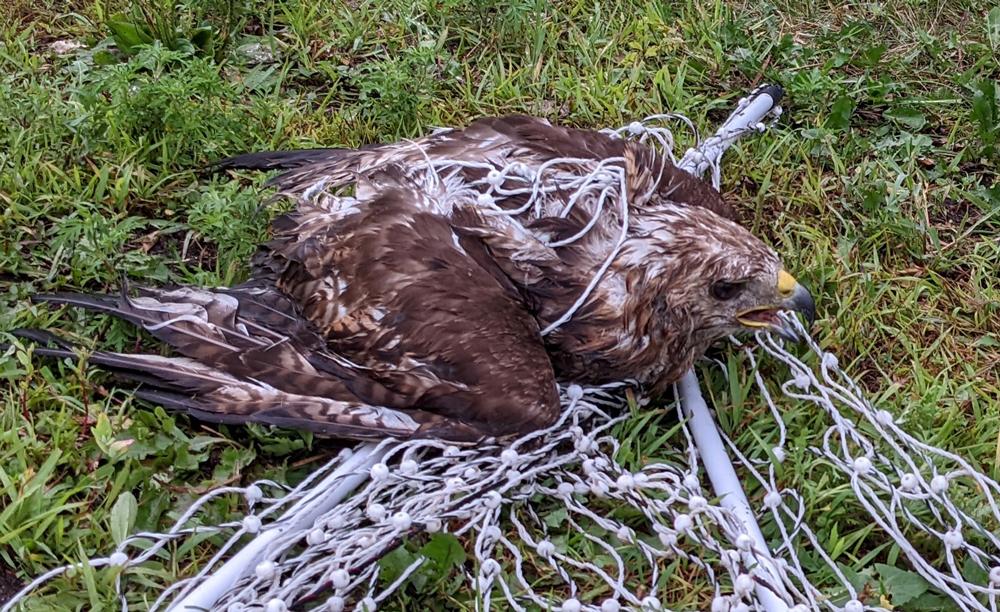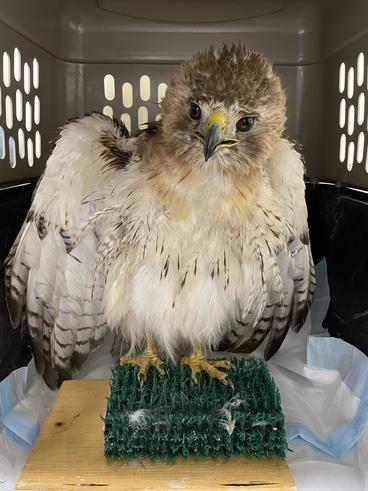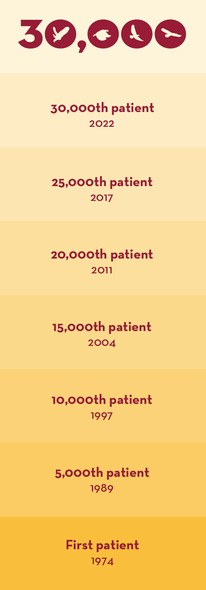
On Jan. 1, 1974, a northern goshawk suffering from a wing injury after being shot was admitted as the first official patient to The Raptor Center’s (TRC) veterinary clinic.
Nearly five decades later on Aug. 12, 2022, the clinic reached another memorable milestone: It admitted its 30,000th avian patient. This bird, an adult red-tailed hawk, also sustained a wing injury after being trapped in electric netting often used to contain poultry.
Over the past 48 years, the clinic has experienced a 10-fold increase in annual admissions—from 106 birds in 1974 to more than 1,050 birds in 2021—and every patient has given TRC the gift of data.

The clinic has used this impressive caseload to develop, improve, and share new treatment techniques; provide in-person training for veterinary professionals in 27 different countries; expand accessibility by creating a digital learning platform; and participate in a variety of research and reintroduction projects. All of this advances learning that helps conserve raptors and the world we share.
TRC has been witness to changes such as:
• The population recovery of peregrine falcons and bald eagles and their removal from the endangered species list.
• An increase in urban raptor populations such as bald eagles, peregrine falcons, merlins, and Cooper’s hawks.
• A decline in the population of American kestrels.
• A reduction in pole trap injuries and an increase in entrapment injuries from sports netting (e.g. soccer nets, fishing line).
Through their rescue and admission, every patient has a story to tell, stories that are shared with the public through outreach programs.
These stories and the milestone they represent would not be possible without community support. The impact of TRC’s supporters has been felt throughout the decades. Their generosity continues to help TRC serve raptors and engage the community in conserving the natural world
